It’s a myth that you don’t need to adjust your fibre intake if you have IBS-D (irritable bowel syndrome with diarrhoea). In fact, using the right types of fibre can often help improve symptoms. This article will talk you through the types of fibre and low FODMAP food options that you can use to gently boost your fibre intake and support bowel health without setting off a flare.
Why Fibre Matters for IBS-D
Fibre plays several important roles in digestion: it helps regulate bowel movements, supports the gut microbiome, and can improve stool consistency. But not all fibre behaves the same way.
- Insoluble fibre is found in foods like wheat bran, skins of fruit/vegetables and some nuts/seeds. This type of fibre speeds up gut transit and can sometimes worsen diarrhoea. You don’t need to avoid all insoluble fibre as you still need some to bulk out the stool. Try focusing on low FODMAP sources like pumpkin seeds or the skins of low FODMAP vegetables – carrots/potatoes/parsnip/sweet potato. You can find low FODMAP food lists in the FODMAP Made Easy program.
- Soluble fibre also called viscose fibre and is found foods like in oats, psyllium, chia seeds and some fruits/vegetables. This type of fibre absorbs water to form a gel and can help firm up loose stools.
For people with IBS-D, the focus should be on increasing soluble fibre from low FODMAP food sources.
How much fibre do I need?
There are different guidelines for different countries, but having at least 25-30g of fibre per day is a good starting point.
Low FODMAP High-Fibre Food Options
Here are some gut-friendly foods that provide soluble fibre while minimising symptoms:
Grains & Cereals
- Oats (½ cup of rolled or ¼ cup of quick oats)
- Quinoa
- Brown rice and rice flakes
- Wheat or spelt based sourdough bread or gluten free sourdough bread
Fruits
- Strawberries (5 medium)
- Blueberries (up to 1 cup)
- Navel oranges (1 medium)
- Yellow papaya – also called pawpaw (1 cup)
- Banana (just yellow, no brown spots – 1 medium)
- Cantaloupe/rockmelon (¾ cup)
Vegetables
- Carrots
- Parsnips
- Japanese pumpkin (kabocha squash)
- Zucchini/Courgette
- Eggplant/aubergine
- Potato (especially cooked, then cooled)
- Sweet potato (watch serving sizes)
Check the Monash University FODMAP Diet App or our low FODMAP food lists in the FODMAP Made Easy program for serving size recommendations.
Seeds & Extras
- Chia seeds (up to 2 tablespoons) – start with a small serving like 1-2 teaspoons and work up from there.
- Flaxseeds/linseeds (1 tablespoon)
- Pumpkin seeds
These foods can be added gradually to meals. Think overnight oats with chia seeds, roasted root vegetables, or a smoothie with papaya and spinach.
IBS-D Friendly Fibre Supplements
Sometimes food alone isn’t enough, and this is where supplements can help. Not all fibre supplements are suitable for IBS-D, so choosing carefully is important. These are the fibre supplements we often recommend:
- Ground psyllium husk (ispaghula husk): A soluble/viscous fibre that forms a gel, slows digestion, and helps firm up stools. Start low (½ tsp in water once daily) and increase slowly if tolerated. Don’t worry if you hear psyllium husk also recommended for IBS-C – this type of fibre works ‘as needed’ in the gut so it is beneficial for both IBS-D and IBS-C.
- Partially hydrolysed guar gum (PHGG): Gentle on the gut, well tolerated in IBS, and may support the gut microbiome. Found in products like Sunfiber.
- Acacia fibre: A soluble fibre with a mild effect which is often easier on sensitive guts when compared to wheat bran or inulin.
Avoid: Inulin, chicory root and wheat bran, as these are high FODMAP and can often worsen diarrhoea.
Should the fibre supplement also contain probiotics?
When it comes to managing gut symptoms we prefer to add in one strategy at a time to see if it makes a difference. That means we would suggest trying a fibre supplement that doesn’t contain probiotics. This way you can see how your body responds to just the fibre.
Tips for Success
- Start low and go slow: Rapid increases in fibre can trigger gas and bloating. Try starting with a small amount and increasing the serving size over a couple of weeks. If you see a small increase in gas or bloating, that’s okay – this normally settles over a couple of weeks as your gut microbiome adjusts to the increase in fibre.
- Stay hydrated: Fibre works best with plenty of fluids.
- Balance your plate: Include a mix of protein, healthy fats, and low FODMAP fibre at each meal to help stabilise digestion.
- Be consistent: Including more fibre won’t magically fix things overnight. Your gut loves consistency, so you need to try having higher levels of fibre for at least a month.
Low FODMAP Recipes That Are High In Fibre
These delicious low FODMAP recipes are high in fibre while being gentle on the gut. These can be a great place to start as you increase your fibre intake.
Meals with At Least 9 grams of Fibre
Chocolate Chia Breakfast Bowls – start with a ¼ serve and work your way up to a bowl
Pork and Sage Pasta with Lemon Thyme Sauce
Spicy Chicken Drumsticks with Roast Veggies
Creamy Low FODMAP Pumpkin Soup
Final Thoughts
Fibre can be your friend, even with IBS-D, if you focus on the right types. Soluble, viscous low FODMAP fibre from foods and supplements like psyllium or PHGG can help improve stool consistency and overall gut health. By making small, steady changes, you’ll give your gut time to adjust and find the fibre balance that works for you.
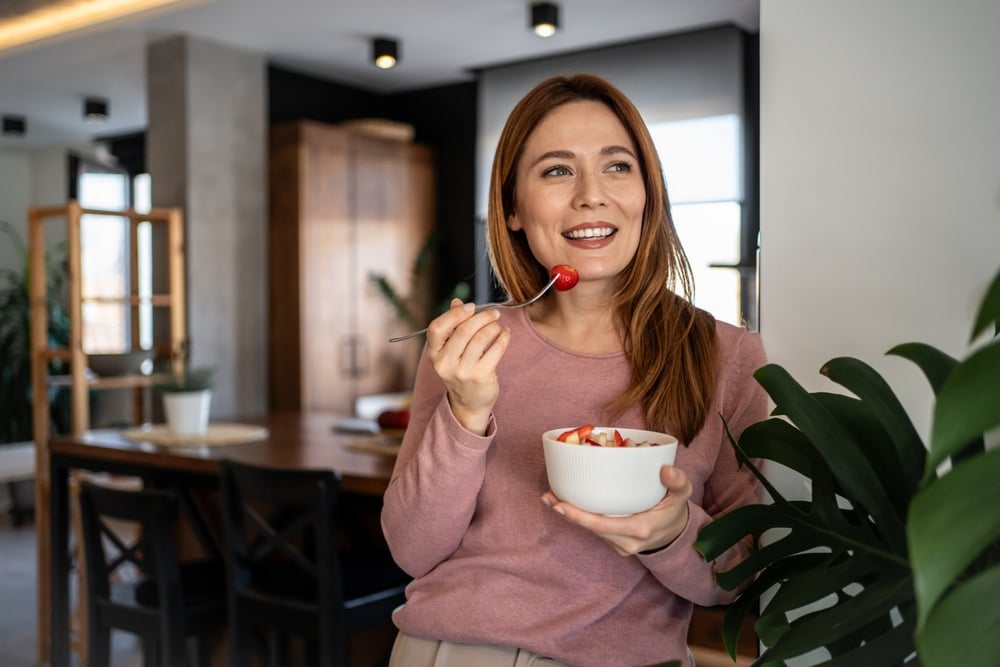
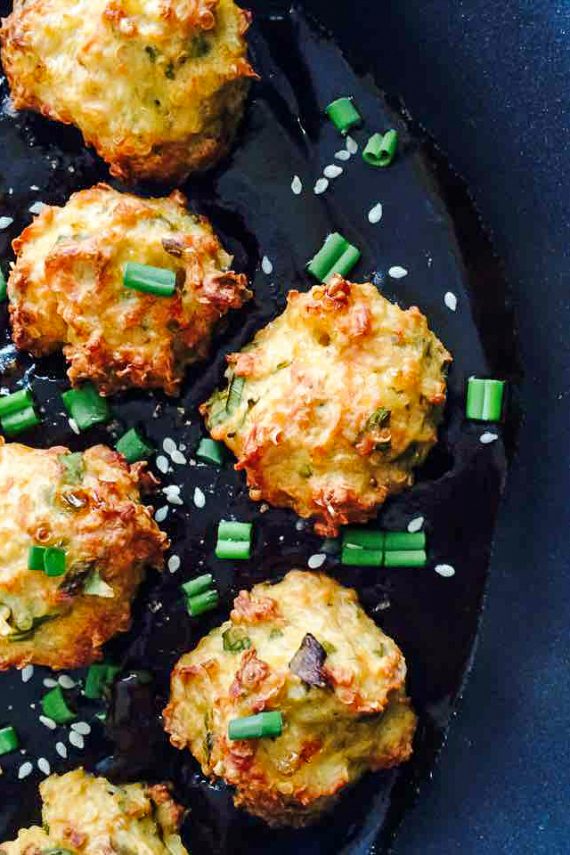
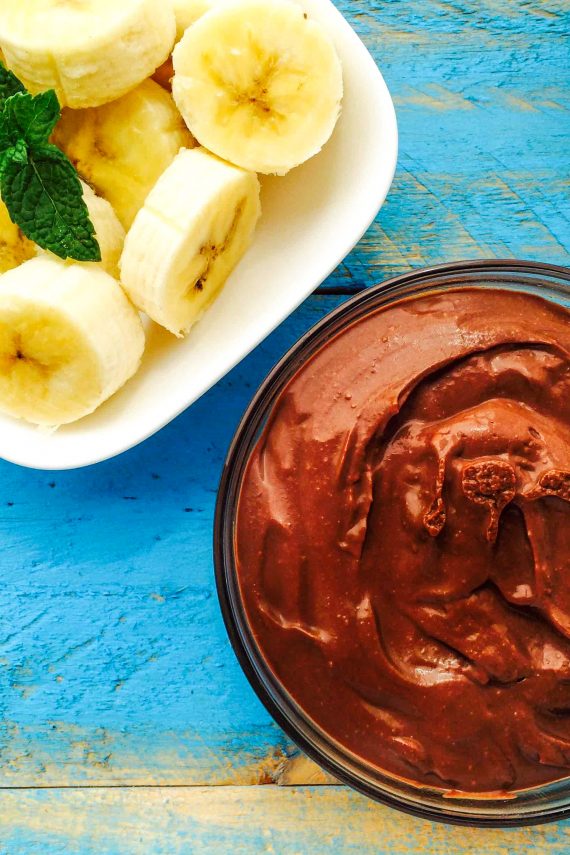
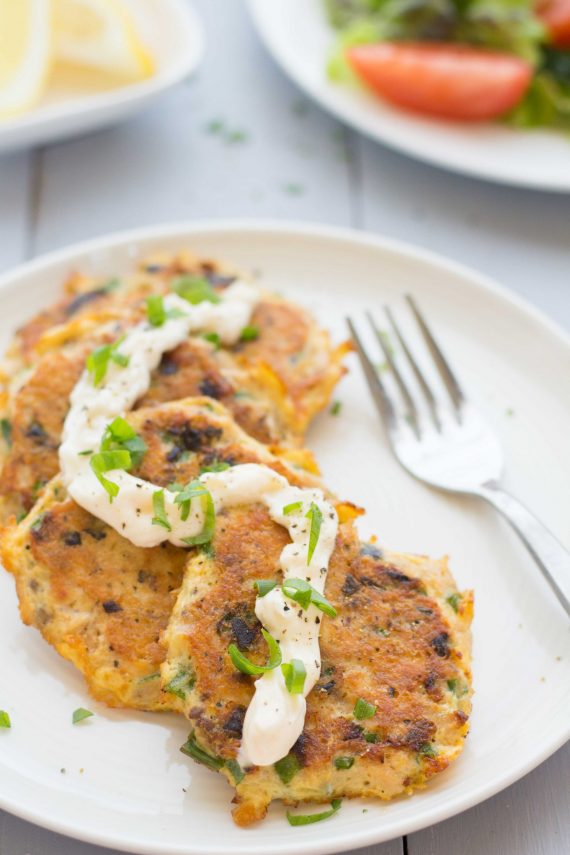
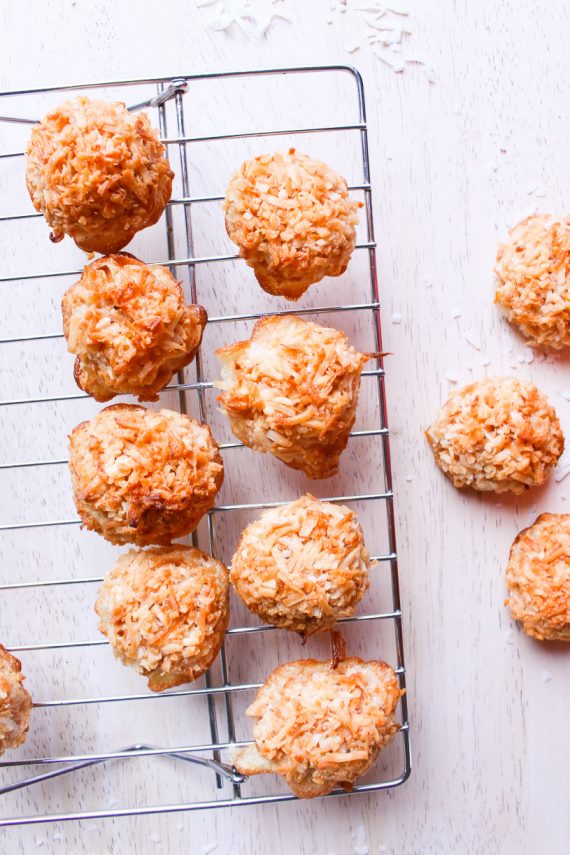






Leave a Reply